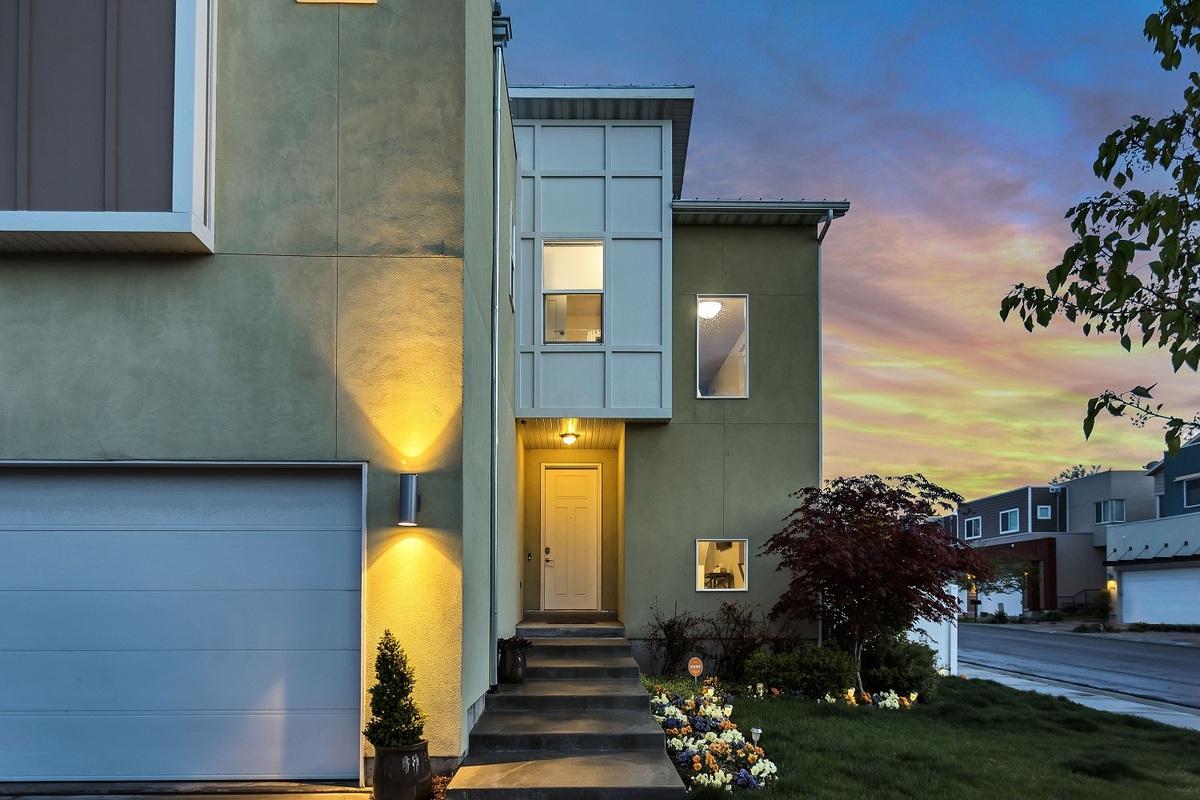Energy efficiency: adding architectural value to prefab solutions
youris.com EEIG

Architects don’t usually like prefabricated solutions. But they concede there are upsides, and when time is of the essence, saving the planet becomes the priority
Practical or beautiful? The question doesn’t seem to be relevant when it comes to retrofitting buildings for energy efficiency. Prefabricated solutions are considered to be both efficient and aesthetically pleasing.
However, architects don’t usually agree: to begin with, they feel prefabrication limits their creativity. But there are other issues as well, according to Veronika Schröpfer, Project Officer of the Architects’ Council of Europe (ACE): “There are ten houses and they all look the same, but the ten occupants won’t have the same needs. This is also a problem in terms of awareness raising in the occupant and the investor, because if you look at the market, architecture houses are sold and rented much more easily.”
However, Chiara Dipasquale, from the BuildHeat project, defends the prefab solution. She insists that prefabrication does not mean standardisation: “It’s just about getting the problems and the solutions off the construction site and providing a simple installation solution, even if this should be adapted to specific cases.
This does not mean that every case fits the solution, it should be clear thatsome solutions are good for some cases and others not.”
She also points out that prefabrication provides solutions that require a basic level of maintenance, which should be attractive to the owner, since maintenance has costs. “And another key point is about training, because these are not traditional solutions. If they are not managed properly, the final result won’t be good. So, along with developing new solutions, there should be some training with technicians, with designers, architects and engineers,” she concludes.
Schröpfer is sceptical about the actual involvement of architects in this kind of project; she believes these solutions have more to do with engineering rather than architecture, but she admits there is an upside to prefabrication: “In Europe we have a construction skill gap and we have a lack of construction workers. We don’t have enough people who can actually go and renovate your house. For example, if you buy a house in Brussels and you want to have it renovated you’re looking at – I don’t know – two years. So if there is a prefab solution, there is the possibility of constructing off site and bringing it into your house. It’s therefore quicker and the occupant doesn’t have all the inconvenience.”
And being quick is, unfortunately, of the essence. Buildings are responsible for approximately 40% of energy consumption and 36% of CO2 emissions in the EU, so the building sector is a key enabler for achieving the EU low carbon economy goals. However, the annual rate of renovation is well below the 3% required to reach those goals.
Last November, the European Commission proposed that the EU should become climate neutral by 2050. On June 18, the Commissioners published their assessment of the Member States’ draft plans to implement the EU’s Energy Union objectives, and in particular the agreed EU 2030 energy and climate targets.
The Vice-President of the Energy Union, Maroš Šefčovič, said: “Member States have all produced impressive drafts in a relatively short time, but no draft is perfect. Final plans are due by the end of the year and our recommendations show where more effort is needed: for example, stronger ambition, more policy detail, better specified investment needs, or more work on social fairness.”
What to do, then, to boost and accelerate deep energy renovations? According to Emmanuelle Causse, Director of European Affairs at the International Union of Property Owners (UIPI), a key action should be raising awareness through targeted campaigns, in particular for homeowners and landlords. But also making renovations attractive by involving architects more: “Energy efficiency doesn’t pay for itself, and you have to bring value to the property, and this indeed includes architectural value. For instance, you might increase the surface of one single property or create a new apartment on top of one of the properties, in order to pay for the renovation. Or you might add balconies, because people value balconies,” she says.
In any case, Veronika Schröpfer remains optimistic about the scope of the EU research projects studying innovative solutions to improve the energy efficiency in buildings: “I think it’s like a watering can that drips water all over Europe – a little demo building here, a little technology here, a little SME support here – and then the flowers will grow all over. It is like a net that expands with different projects, diverse partners developing maybe similar things but in different countries, testing technologies in the demonstration buildings. And then they come together, they exchange. Europe is hopefully on the right path.”
By Selene Verri



